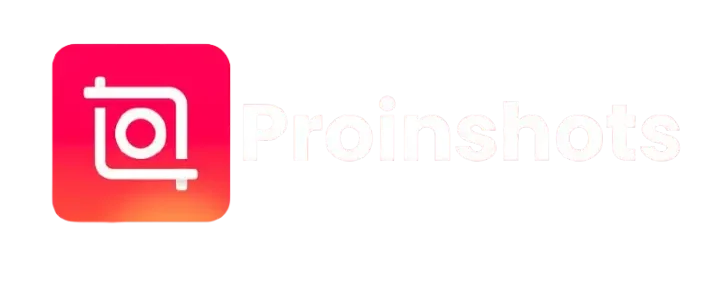Step-by-Step Guide to Choosing Welding Wire for Beginners
Introduction
Selecting suitable ลวดเชื่อม (welding wire) – https://www.udo.co.th/category_product/กลุ่มลวดเชื่อม/เชื่อมเหล็กหล่อ/เชื่อมอาร์กอน%20(TIG) is the first and most critical step to producing strong, clean, and solid welds — particularly if you’re new to welding. Whether you are welding at a vocational school where you hit the ground running or starting a new hobby by buying a stick, MIG, or TIG welder you will face the problem of knowing which welding wire to use and potentially avoid costly mistakes. This guide, “How to Choose the Right Welding Wire,” is for the novice who may not know what a welding wire is, and for those experienced welders who know exactly what welding wire they need, but may not know all that this guide has to offer them.
Step 1: Know the Welding Process You Will Use
The first consideration to take into account when selecting your ลวดเชื่อม is which procedure that you will be carrying out. The most popular types of welding are MIG, TIG, and Stick. Different types of wires are necessary for each method:
- MIG Welding** feeds a continuous spool of solid or flux-cored wire through a spool gun.
- TIG Welding** TIG welding employs a non-consumable tungsten electrode and filler wire.
- Stick Welding** (SMAW) uses a coated rod and not wire, but the knowledge of wire types is still useful for more advanced applications.
TIG welders for home use you are looking at MIG welders to start your welding journey with due to their simplicity and neat finish.
Step 2: Identify Your Base Metal Type
Use the right size wire matching the base metal. There are three main metals: Mild steel, stainless steel, and aluminum. For each kind, there is a best ลวดเชื่อม to make the best bond:
- For mild steel: there are several options available, the most common are ER70S-3 and ER70S-6.
- For stainless steel: a modicum of wires (ER308L or ER309L) are generally employed * Like low alloy steels, stainless steels are also sensitive to hot cracking.
- For aluminum: Rule of thumb has always been ER4043 or ER5356.
Using incorrect wire can lead to weak welds, cracking or the presence of corrosion. Be sure to always check the metal prior to selecting a wire for your application.
Step 3: Select the Appropriate Diameter of the Wire
Undertake to influence penetration, stability and control of weld penetration wire diameter. Another best value choice for thinner sheet metal is up to 24-gauge, and the thinner the wire the better for lighter materials such as automotive panel metal or household furnishings. Higher-inductance wire (up to 0.035″ or 0.045″) is practical for structural / industrial uses.
We recommend 0.030” for beginners as it has the ideal balance of control and wide range of weld size for a beginner to play with on a variety of thicknesses of steel.
Step 4: Choose Between Solid or Flux-Cored Wire
When the ลวดเชื่อม is selected, you will need to determine if you want solid wire or flux-cored wire:
- Solid Wire: requires shielding gas (like argon or CO₂) and is best for clean work environments.
- Flux-Cored Wire: It is a wire with the flux inside to protect the welding, it is especially for outdoor or dirty work.
Solid is easier to learn for indoor work with gas setup. Wire For outdoor work and in windy conditions, flux-cored wire can provide greater reliability.
Step 5: Consider the Welding Position
Various wires are best used in certain positions, including flat, vertical, or overhead. Look at the wire specifications to make sure that it is compatible with the position the weld process will be done. e.g. some ลวดเชื่อม types are cased “all-position” (makers for you have to do too, hesitation NOT) and that is very helpful for a newbie to get the feel going on different set ups.
Step 6: Take Note of the Packaging and Brand of the Product
Quality matters. Cheap wire will not feed properly, arc crappy, and spatter everywhere. Quality control is generally better with reputable brands and that is key when you are still in the learning stage as well as honing your skill.
Also, double-check that the spool fits your machine. Wire spools are most commonly in the weight of 1lb, 2lb, 10lb or higher. Inexperienced users often opt for smaller spools to get an idea of how the filament will perform before buying in larger quantities.
Step 7: Ask the Pros, And Read Product Labels!
Product charts are referred to, or advice is sought, even by the most experienced of welders. Feel free to ask a welding supply expert or use the manufacturer’s welding wire selection charts. These often specify which ลวดเชื่อม is used with particular materials, thicknesses, and gases.
Additionally, you should closely follow the wire’s specs in terms of tensile strength, shielding gas, and the suggested amperage settings. This leads to a better fit for your machine and material.
Summary
Choosing the right ลวดเชื่อม is an important part skill for a beginner learning to weld. By using this step-by-step guide followed by using this easy-to-use selection tool, determining the wire choice can be easy and you will be set up for welding success.
The right welding wire will ensure the quality of your welds and as well, makes learning to weld easier and more enjoyable. As you gain experience, you’ll discover your personal likes and dislikes when it comes to wire brands and characteristics, but a solid base will ensure you get started with the best performance and reliability.
So whether you’re in search of the best ลวดเชื่อม-https://www.udo.co.th/category_product/กลุ่มลวดเชื่อม/เชื่อมเหล็กหล่อ/เชื่อมอาร์กอน%20(TIG) on the market, make sure to invest in them with trusted suppliers providing product support, safety advice and a variety of options suited for both beginners and professionals alike.
